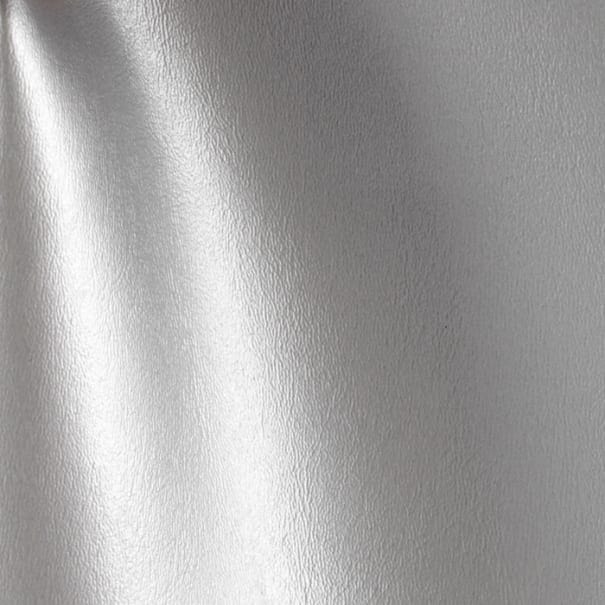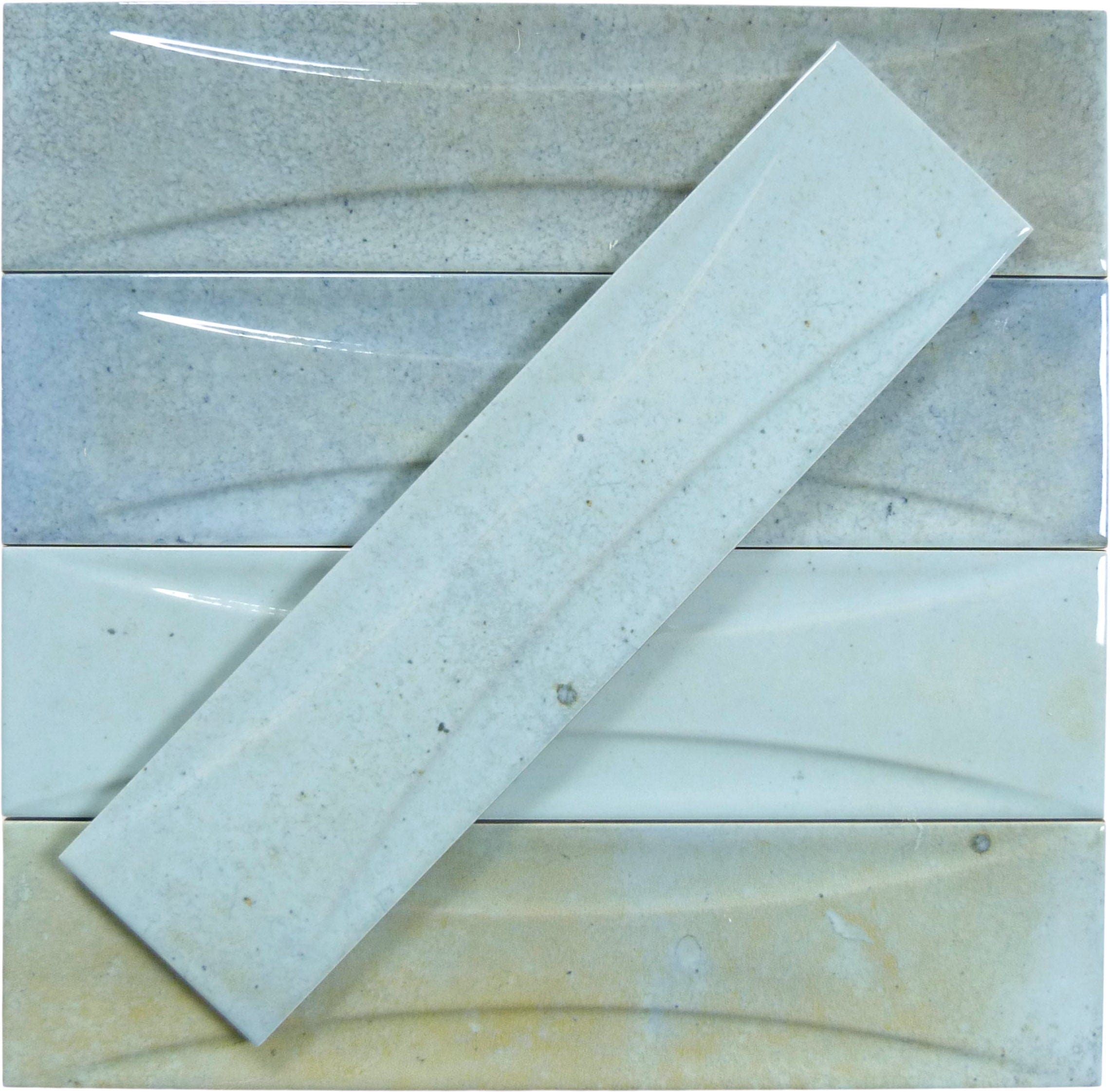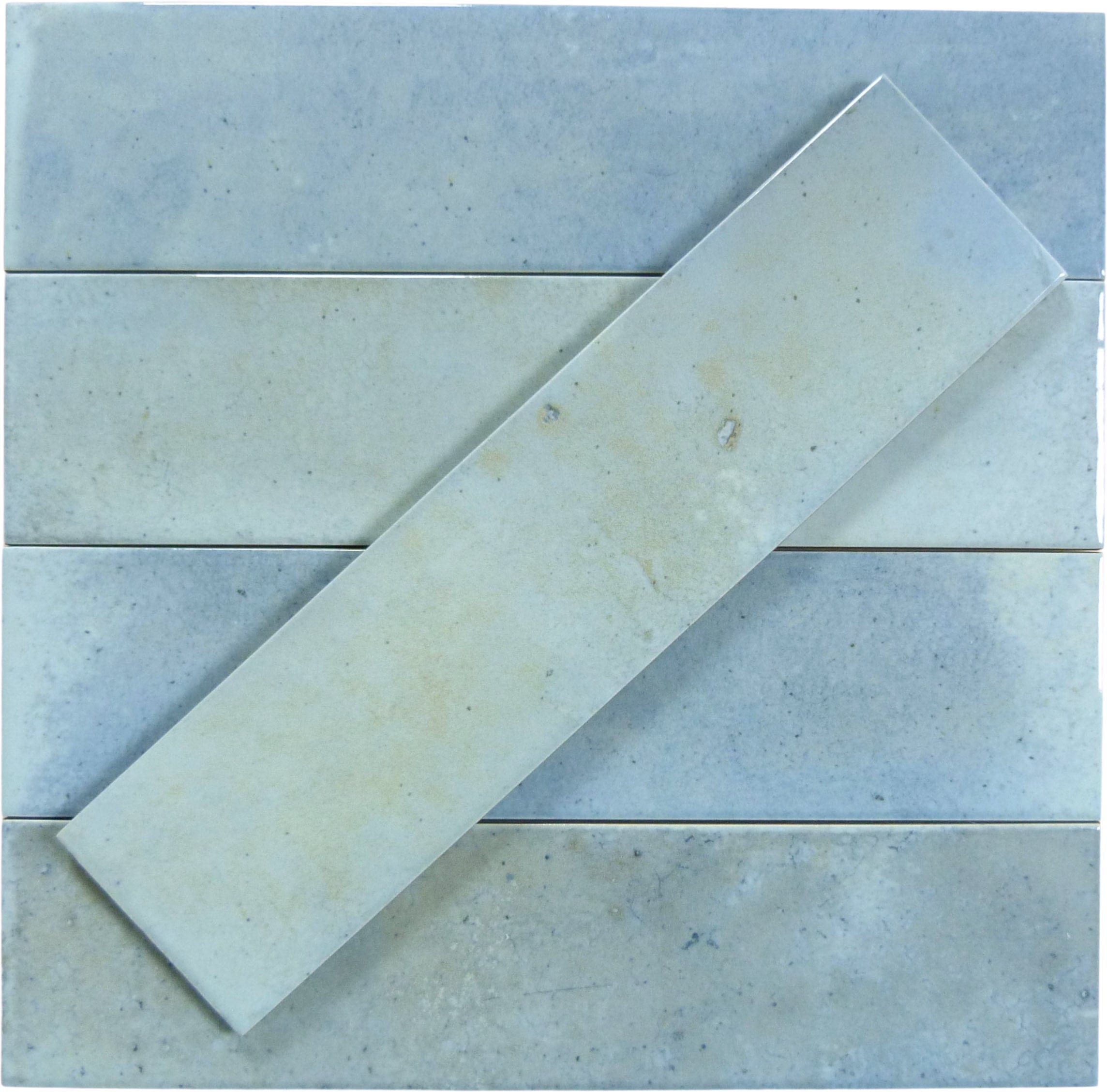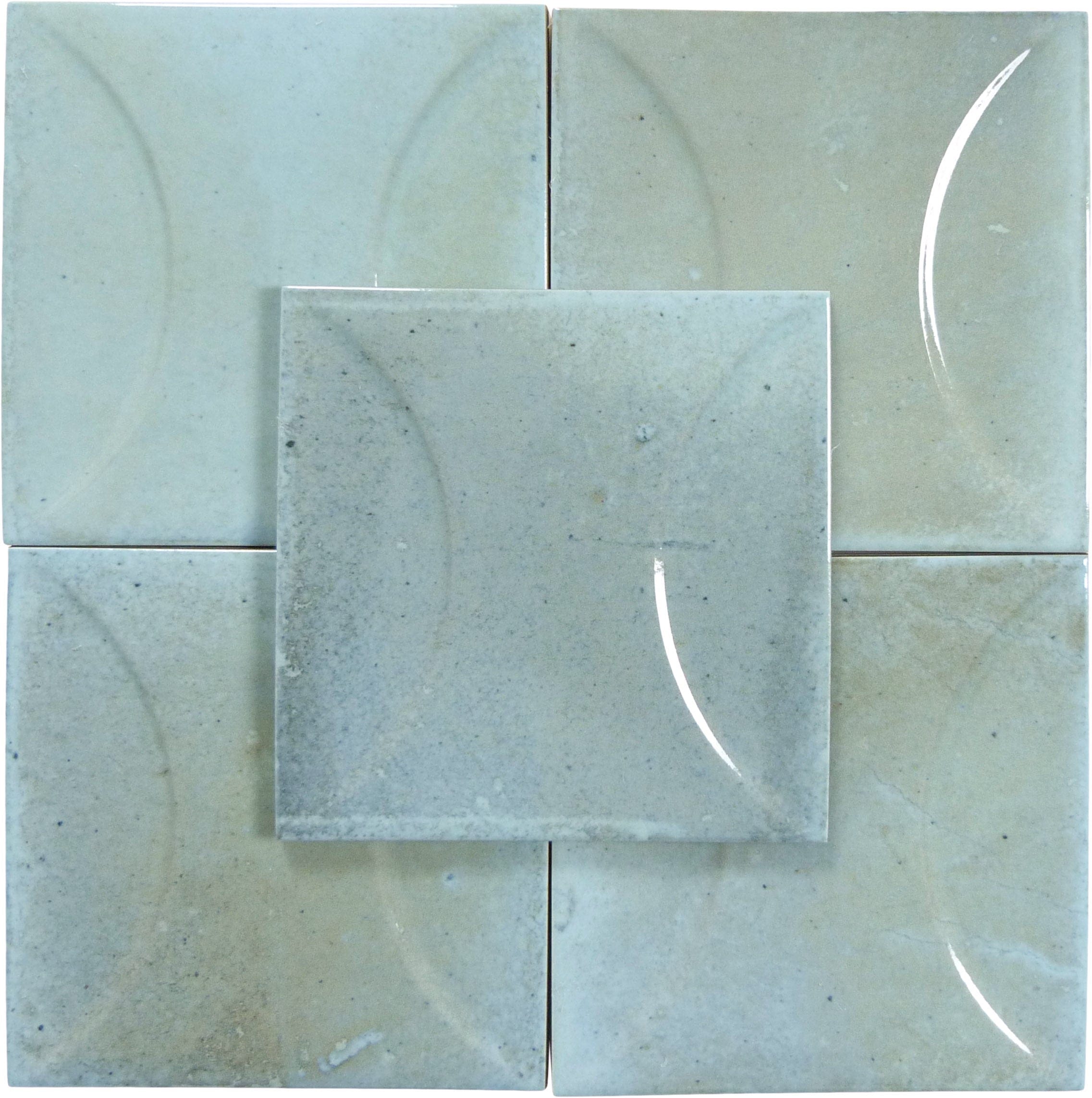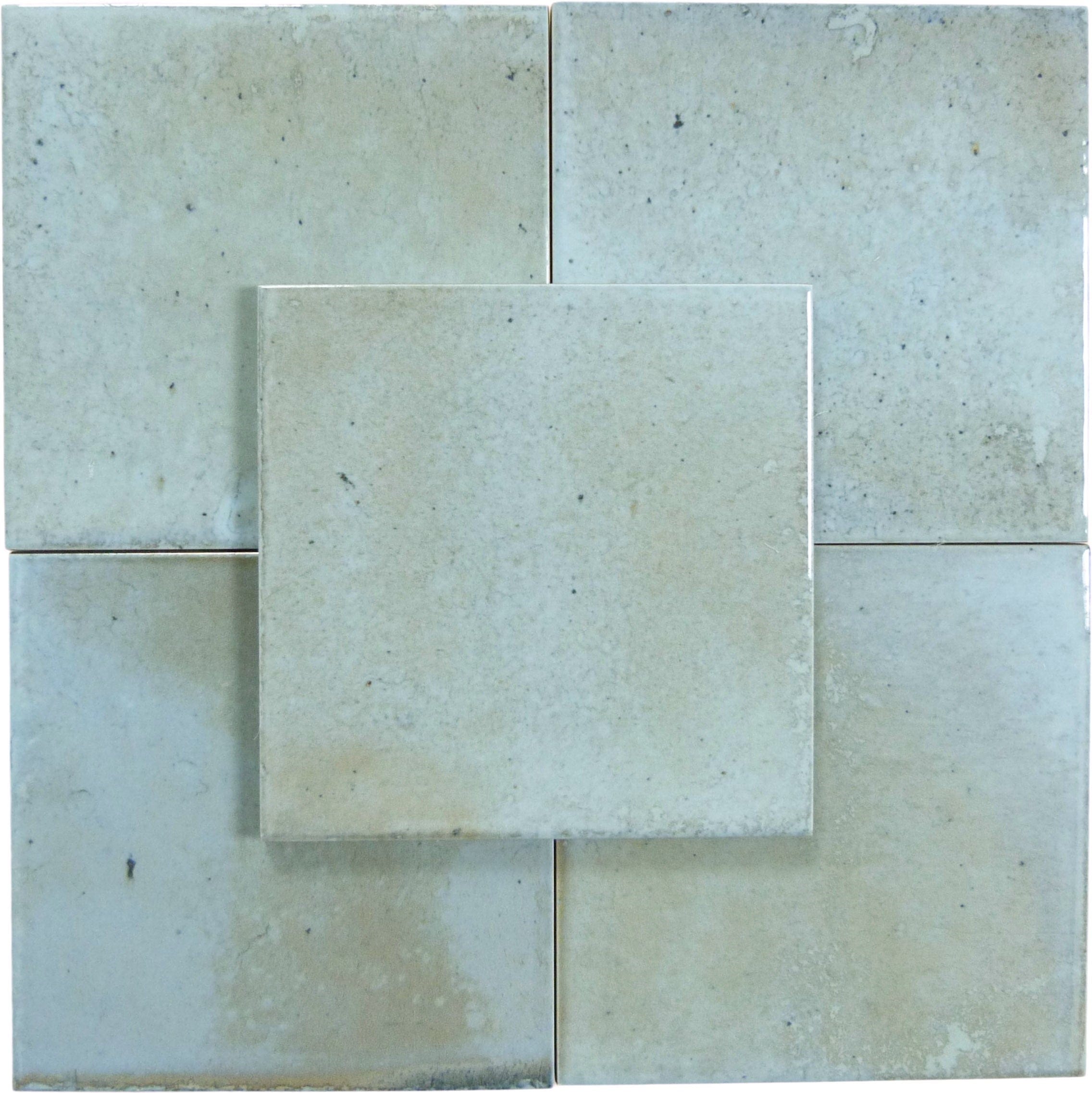Planning Tile Project
A first step when planning to install tile is to get an accurate measurement of the space to be tiled. You certainly don’t want to run out of tile in the middle of your project.
Here’s how to measure to come up with how much tile you will need: If the room is an irregular shape, you simply divide the room into rectangles and measure each rectangle separately and then add up the numbers in the end. For example: Let’s say you measured two rectangular spaces in the room and one was 10 x 4 feet = 40 square foot and the other was 10 x 5 feet = 50 square foot. When added together you have 90 square foot. Add another 10 percent waste for a total of 99 square foot.
It is wise to allow for 10 percent waste if this is your first tile project. Whenever you have to cut around certain irregular areas, that is considered waste…also tiles can break as you cut them to work around light switches, toilets, etc…so it’s best to have a few too many rather than run short before you are finished.
Tiles are created in lots so it’s important to purchase all that you will need at one time. This will avoid ending up with different color variations. This is why careful measuring and adding 10 percent extra is such a good idea. You will also be glad to have a few extra tiles for future use in case a tile needs replaced.
To figure out how many cartons of tile to purchase, simply divide the total square footage by the number of square foot of tile in one carton.
You’ll find that tile comes in many colors and can be made up of a wide selection of man-made and natural materials. Be sure to choose tile that is rated for the area you are going to install it. A bathroom requires a non-slip tile that is moisture proof whereas an entry way needs hard and abrasion resistant as well as moisture proof tile. There are tiles that are rated exclusively for indoor or outdoor use while others can be used for either indoor or outdoor applications.
When deciding on color, consider the effect of light versus dark tile. Dark tile will hide dirt best but will require more lighting in the room. Dark tile can also make a room feel more intimate. Light colored tile reflects light and makes the room feel larger. Neutral tile shade choices allow more colorful decorating elsewhere in the home while bold patterns and colors make a bold design statement.
After choosing the tile you like, it’s time to choose the color of grout. White grout is chosen most often and goes with just about any tile color and texture but colored grout can add an artful effect and make a patterned design more dramatic.
Tile is a long lasting and easy to care for floor and wall covering that will add beauty and color to your living space. Taking the time to choose colors and textures that compliment other areas of your home will help your project be a design success.










